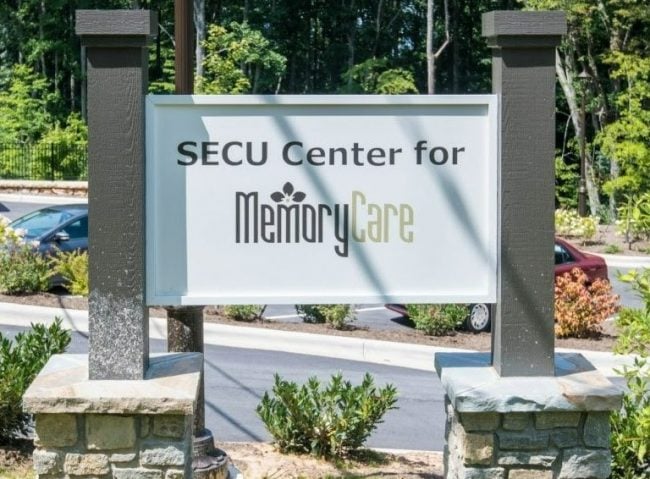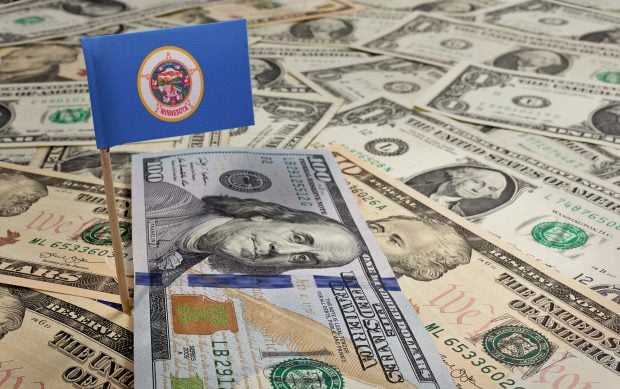LAS VEGAS – A few years ago the $1 billion Affinity Plus Federal Credit Union of St. Paul "thought it had found the holy grail" because it was making so much money doing $20 million a month in indirect lending, according to Kyle Markland, president and CEO. But the Minnesota CU, which had been in indirect lending since 1992, "setting records in ROA" and once was the No. 1 auto lender in the state of Minnesota," discovered that 32,000 indirect loans on its books did not bring the kind of "longterm relationships that we had hoped for," said Markland. Indeed, "we found ourselves devoting a disproportionate amount of our resources" to a membership base that had little interest in acquiring new services – 2.1 products compared to five for the general membership, noted Markland. "We were not getting new relationships." So in a move that shook up auto lending, Affinity announced in June 2004 that it was exiting indirect lending for good, and top CU managers told a NAFCU panel that the move was a wise one. Markland was on a "Pros and Cons of Indirect Lending" panel paired up with `pro' Bradley W. Beal, president of Nevada Federal Credit Union of Las Vegas who agreed gaining the cross-over from indirect is difficult but still the risks – if carefully managed -are worth it. "Look, when you have a 60% loan-to-share ratio like we have, we need the loan revenue and want to build relationships," explained Beal saying the kind of revenue that can be generated in indirect lending "is difficult to walk away from." Markland told the NAFCU audience Affinity Plus's loan-to-share ratio has been in the 102-104% range, which Beal of Nevada FCU said creates a far different environment for the St. Paul CU than his own. In his NAFCU remarks, Beal stressed that indirect "requires specialized skills" and there are "brutal realities." Hence, CUs getting into the business "must do their homework." "It comes down to a question of whether you want to be a retailer or wholesaler in auto lending," Beal explained. There are "good things" to be derived "as a middleman." Markland and Beal agreed that closely monitoring auto dealers to sort out disreputable types can be challenging. But by and large the two CUs have managed to spot problem areas and unfavorable deals which they said can occasionally slip through. The downside of indirect, observed Markland, was also a sometimes "acrimonious relationship" that existed with dealers as Affinity would end up being the "bad guy" in the eyes of borrowers. The impersonal nature of indirect also proved bothersome, observed Markland noting Affinity had completely automated decision-making with the latest software "so it came down to red light, green light." There was a sense of Affinity becoming "a lazy lender," he said. Car purchases are impulse buys as borrowers simply make their decision "on a Saturday morning" but that does not translate into moving accounts to Affinity, he said. Now out of indirect lending, Affinity Plus has been successfully using the services of an outside St. Paul "concierge" which guides CU members to individual dealers to make purchases. The firm evaluates car type, price and member needs with a final linkup to Affinity. Markland said also the CU had expected by jumping into indirect lending it could win wide name recognition across Minnesota as it brought on new members. The fact is, he said, Affinity got more marketing mileage statewide out of a recent Minnesota Twins ticket promotion than it ever received from its indirect portfolio. [email protected]
Complete your profile to continue reading and get FREE access to CUTimes.com, part of your ALM digital membership.
Your access to unlimited CUTimes.com content isn’t changing.
Once you are an ALM digital member, you’ll receive:
- Critical CUTimes.com information including comprehensive product and service provider listings via the Marketplace Directory, CU Careers, resources from industry leaders, webcasts, and breaking news, analysis and more with our informative Newsletters.
- Exclusive discounts on ALM and CU Times events.
- Access to other award-winning ALM websites including Law.com and GlobeSt.com.
Already have an account? Sign In
© 2024 ALM Global, LLC, All Rights Reserved. Request academic re-use from www.copyright.com. All other uses, submit a request to [email protected]. For more information visit Asset & Logo Licensing.









